Search
South Dakota Ag Land Income Tracker
The South Dakota Ag Land Income Tracker is designed to estimate and display changes to the annual revenue per acre derived from standard agricultural practices on an average, unimproved cropland acre in South Dakota counties.
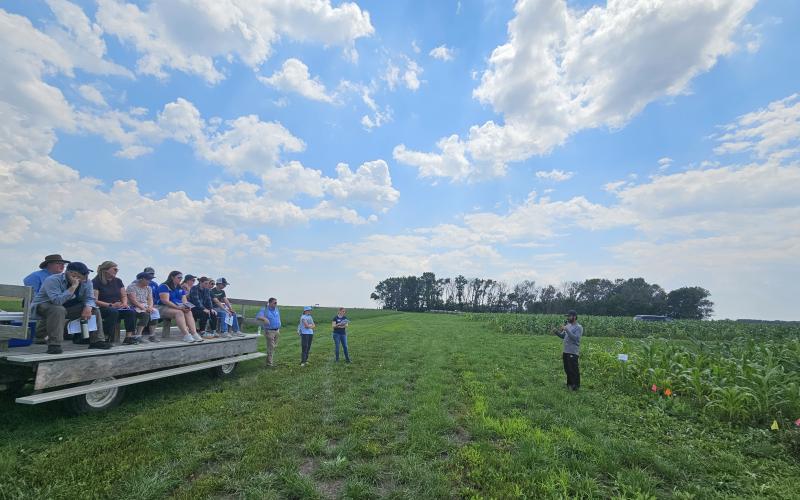
Southeast Research Farm to host family event
June 17, 2025
South Dakota State University Extension is pleased to announce the Southeast Research Farm Family Evening for farming enthusiasts of all ages.
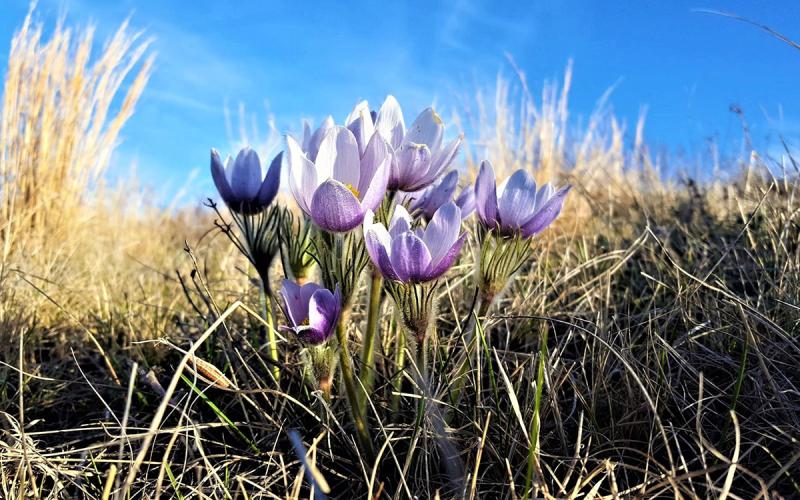
Native Plant Resources for South Dakota
As we continue to see the benefits of growing native plants in cultivated landscapes, finding the right plant for the right place requires the right resources. Learn about some available native plant sources, educational materials, and organizations serving our region.
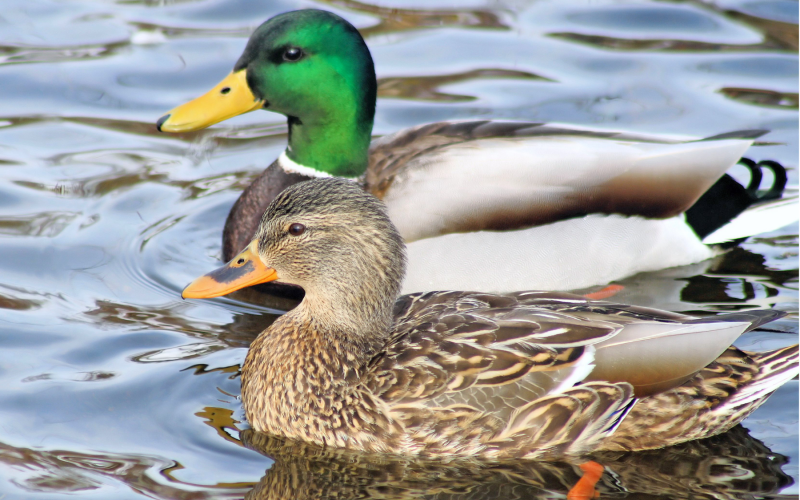
SDSU Extension, SD Grassland Coalition sponsor Wallace Duck Day
June 27, 2025
South Dakota State University Extension and the South Dakota Grassland Coalition are excited to announce a conservation-focused bus tour as part of this year’s Duck Day in Wallace.
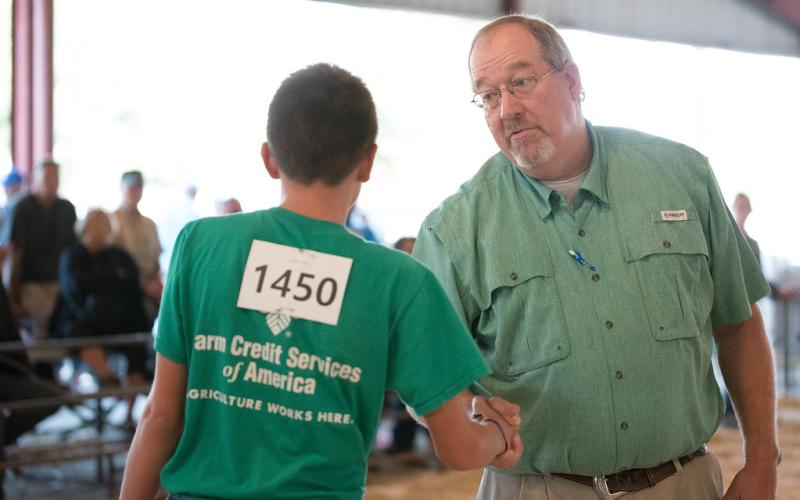
4-H Supporters
4-H supporters are dedicated individuals, organizations, and community partners who share a common commitment to empowering youth through hands-on learning, leadership development, and civic engagement.
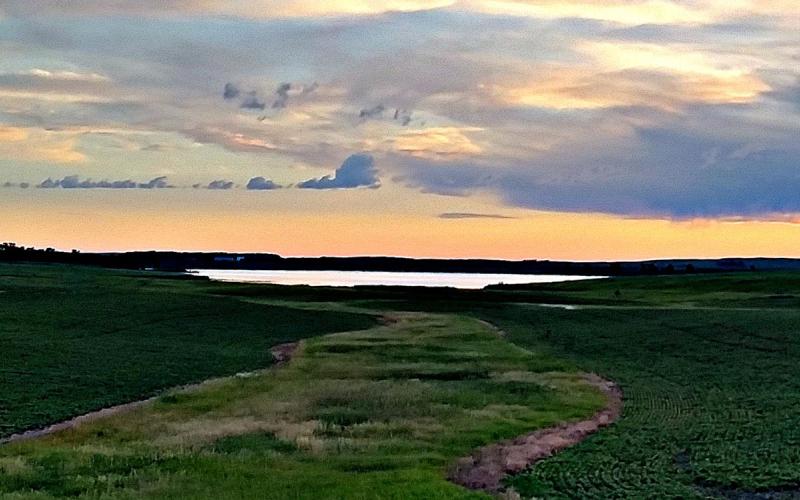
Northern Plains Water Voice
SDSU Extension, in collaboration with its partners, will provide an educational video series on the issues and topics that impact water resources in South Dakota and the surrounding region.
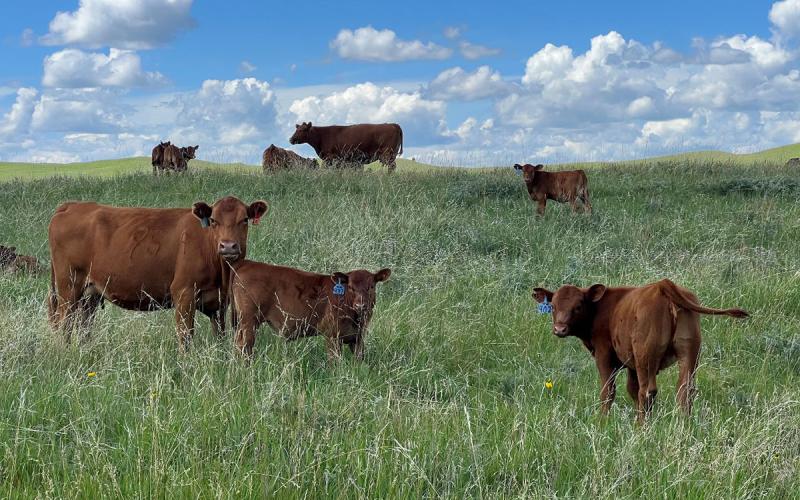
Summer Pasture Report: Discussing Rain, Pasture Recovery, and Preparing for Fall
Drought conditions across northern South Dakota have seen some relief due to the precipitation received in the past few months. Despite some decent rainfall occurring, most of the state is still behind normal for the water year.
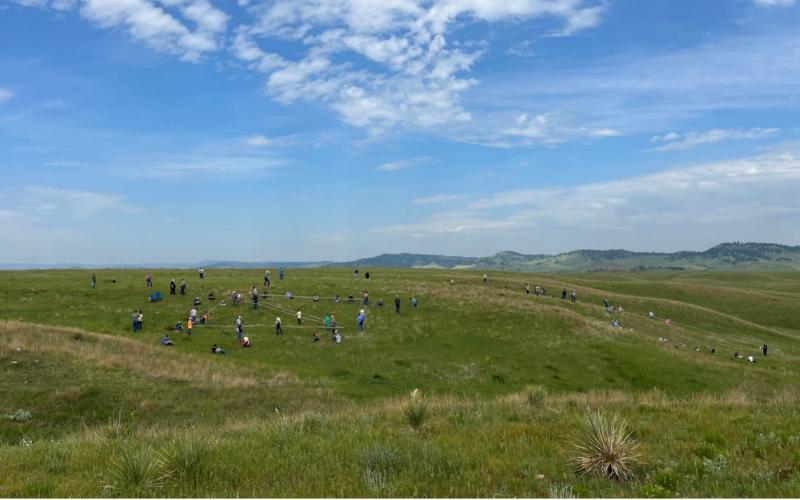
2025 Rangeland and Soil Days contest hosts 133 youth
July 10, 2025
South Dakota State University Extension is pleased to announce that 133 youth participated in the 41st annual Rangeland and 20th annual Soil Days contests on June 10-11, 2025, in Belle Fourche.
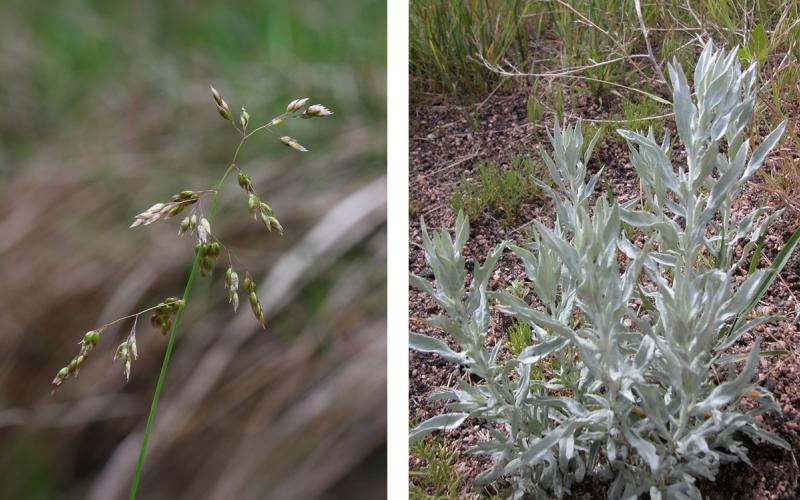
Sweetgrass and White Sagebrush: Native Plants with Medicinal Uses
Many native prairie plants have been used medicinally for generations by the Indigenous peoples of the Northern Great Plains. Sweetgrass and white sagebrush are hardy perennials that have a variety of uses and deep historical significance.

SDSU Extension 4-H accepting hunting skills, recurve archery team applications for 2026
July 21, 2025
South Dakota State University Extension 4-H is accepting applications for the hunting skills and recurve archery teams that will compete at the 2026 4-H Shooting Sports National Championships.